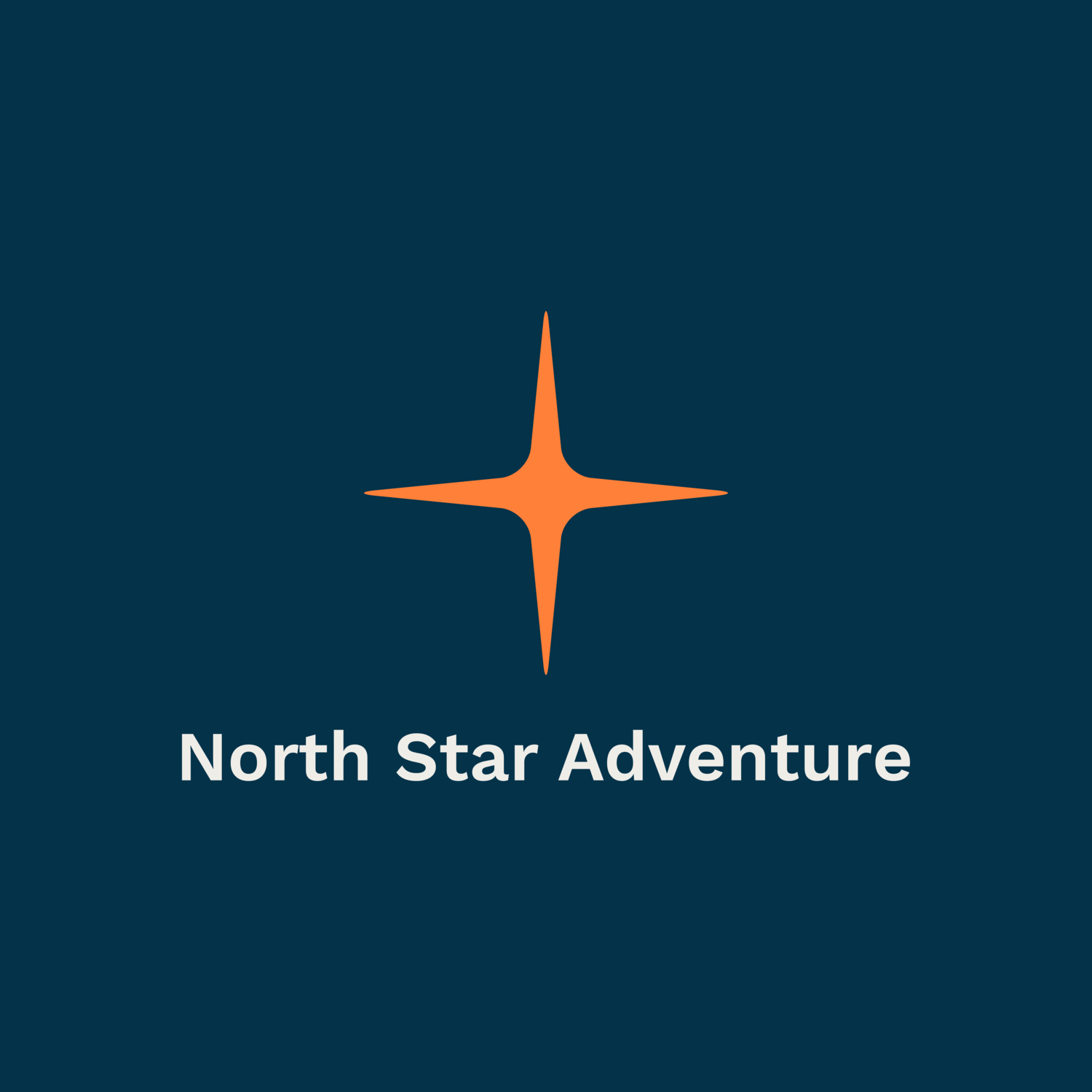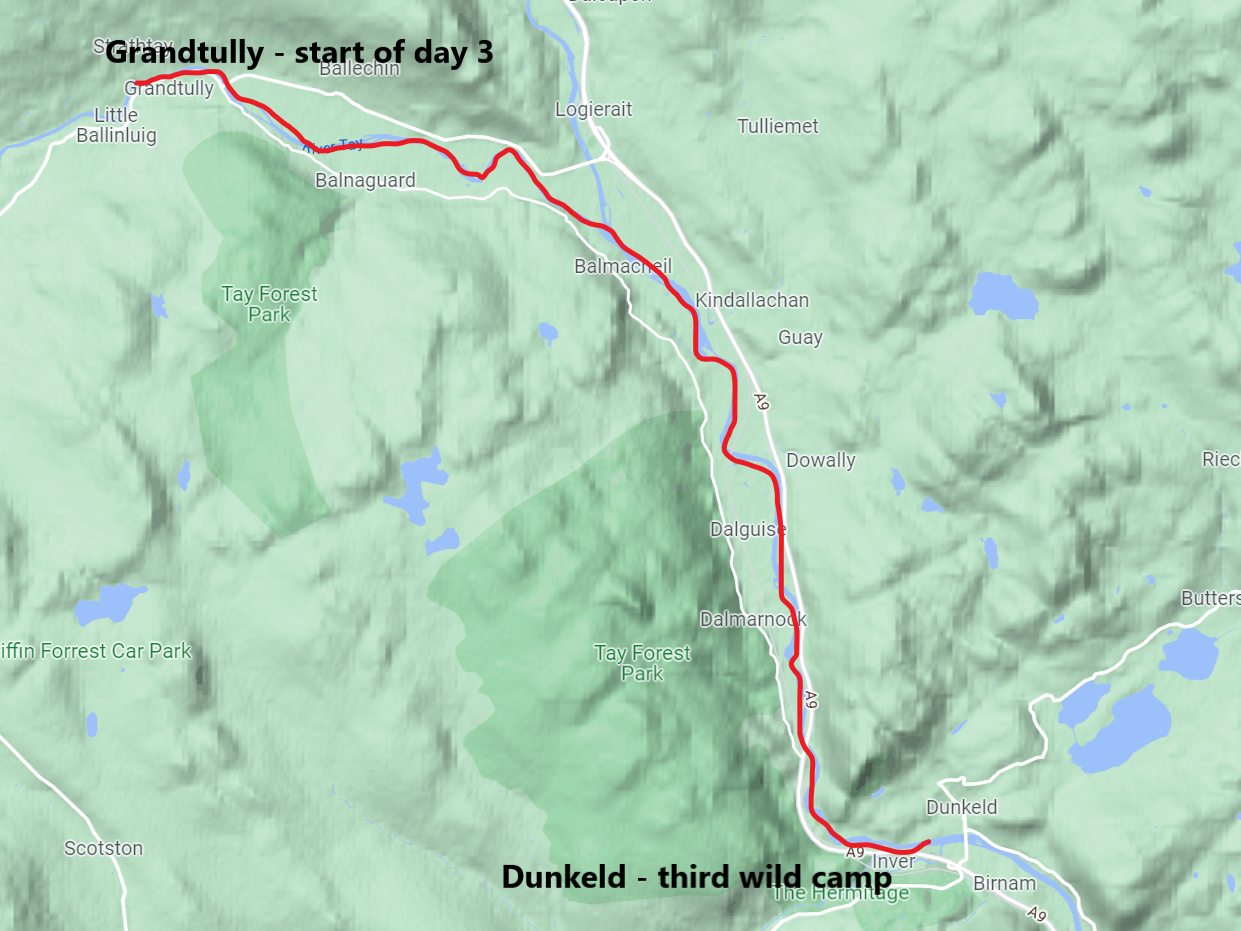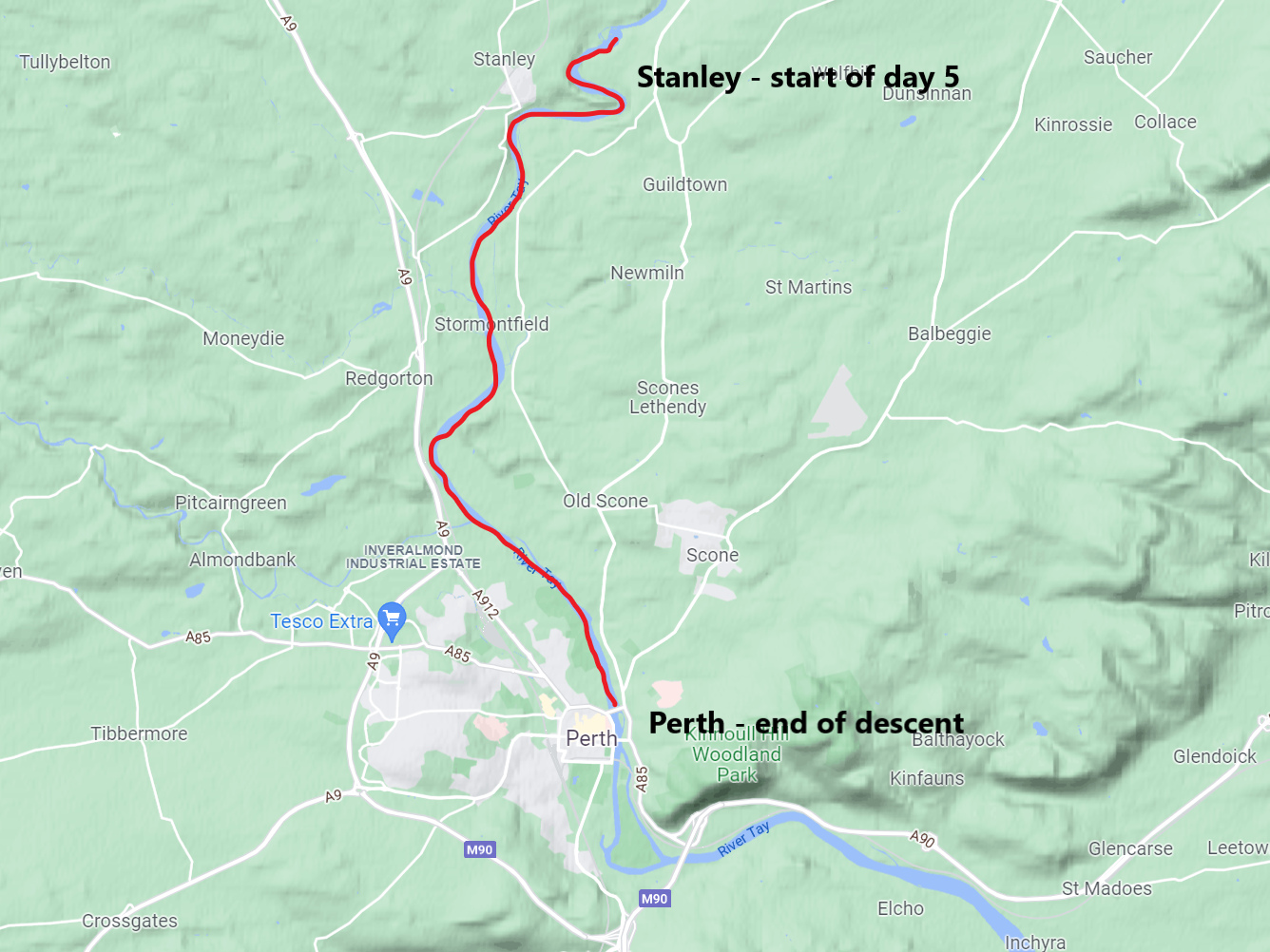Day 1 Meet in Killin. Paddle or sail the length of Loch Tay
We meet in Killin in the morning for team introductions and personal kit issue. We will load our canoes and launch on to the dark waters of Loch Tay, flanked by the Ben Lawyers mountain range. Here, we will develop and refine our paddle strokes and techniques and, should prevailing conditions allow, deploy improvised sails to harness the wind’s energy to propel us to the other end of the loch. The loch is a place of archaeological importance with lots of evidence of Neolithic and Mesolithic habitation. There are also the remains of around 20 Iron Age crannogs along the shore. As we journey through this stunning landscape, we must keep our eyes peeled for pine martins, red squirrels, otters and beavers at the water’s edge and for ospreys and golden eagles in the skies above us. As we reach the opposite end of the loch, we set up our wild-camp on a little island opposite the Crannog Heritage Visitors Centre near Kenmore.
Flat water, 23km
(Lunch, Dinner)
Day 2 Kenmore to Grandtully
We set off from our island camp and exit the loch on to the River Tay. We negotiate some easy shingle rapids that wind their round islands as we reach the confluence with the River Lyon. We will pass under General Wade’s Bridge, built in 1733 and the only bridge across the Tay at the time. The river meanders through woodland as it passes the village and distillery of Aberfeldy. After a few more kilometres, some lovely Grade 2 rapids signifiy the approach to the White Water Race Course at Grandtully, possibly the most paddled section of whitewater in Scotland. We will jump out of our canoes to inspect the rapids, sections of which are marked out with slalom wires and poles. The rapids here are Grade 2 – Grade 3 and can be portaged if necessary. We stop soon after to set up our camp for the night.
Grade 2-3, 20km
(Breakfast, Lunch, Dinner)
Day 3 Grandtully to Dunkeld
We set off on gentler water this morning as we journey through the widening valley and we are joined by the River Tummel. The river swings left and right and we will have to steer our boats through gentle shingle rapids with some deeper, slower sections. The river banks are dotted with sand martin burrows and we will usually spot them swooping and skimming above the water. The picturesque historic town of Dunkeld approaches and we will set up camp close by in some beautiful beech woodland. We will get a chance to stretch our legs and visit the town at some point. Dunkeld’s strategic position saw it the location of a historic battle between Jacobite forces and the 26th Cameronian Regiment of Covenanters in 1689.
Up to Grade 1, 18km
(Breakfast, Lunch, Dinner)
Day 4 Dunkeld to Stanley
As we depart from Dunkeld we enter a braided section of the Tay and will have to choose the best channels through the islands to make progress. The countryside opens out into a mix of farmland and forest. This is one of the most highly prized and prestigous sections of river for fly-fishing and we will share the river with anglers and leaping salmon galore. The forests here boast some of Britain’s tallest trees; might Douglas firs standing at over 65 metres in height. The river becomes dark and slows as we head towards Stanley. As we draw close, we come across a natural phenomena; a wall of rock stretch from bank to bank across the river known as Campsie Linn. The entirety of the flow of the Tay flows through three or four channels of water which cut through weaknesses in this feature. We can pick the most suitable channel depending on water levels or indeed portage easily across the obstacle. Immediately below Campsie Linn, we will land on an island and set up camp for the night.
Up to Grade 2/3, 25km
(Breakfast, Lunch, Dinner)
Day 5 Stanley to Perth
Our final day of paddling starts off with some excitement as we are almost immediately confronted with Stanley Weir. This decaying weir has a number of shoots to choose from but, again, we are able to portage if necessary. Before we have time to draw breath, we immediately tasked with negotiating a number of rapids that continue for almost 2km. Depending on water levels, these can be really fun, bouncy wave trains or, in lower water, require a little more concentration to pick the best lines between the rocks and boulders. After a few days of being on the water our confidence will be high and this is a great way to spend the last day! Once past this succession rapids, the water slows and becomes brackish as we enter the estuary and paddle the final section into Perth, past Scone Palace, important historically as the place of Scottish parliament and corinations.
Up to Grade 2/3, 13km
(Breakfast, Lunch)
Join/End: Killin
Included: canoes, buoyancy aids, paddles, safety equipment, tents, group tipi, cooking equipment, all food whilst on expedition, four nights wild-camping/rustic camping, services of an experienced and highly qualified river guide
Not included: personal travel insurance, sleeping bags, eating utensils/plate/mug, personal clothing (a full kit list will be sent out)
Getting there: we always recommend using public transport to be kinder to the environment. There are numerous train and bus services to/from Perth and Killin.
We may be able to help with transfers from nearby locations but please contact us for availability.





